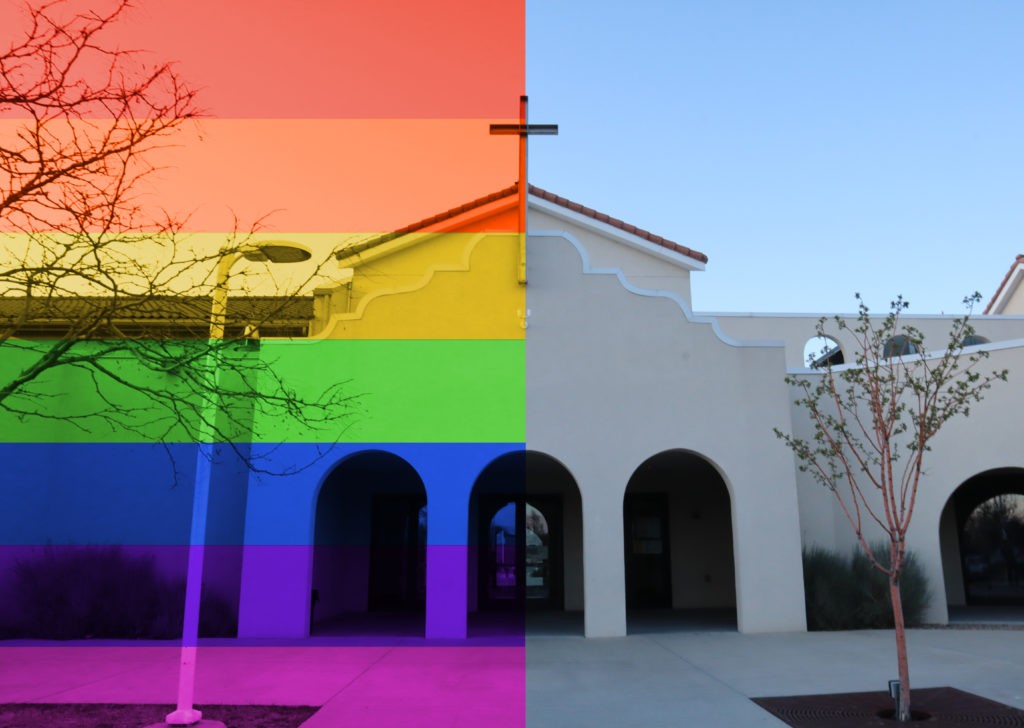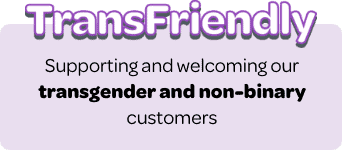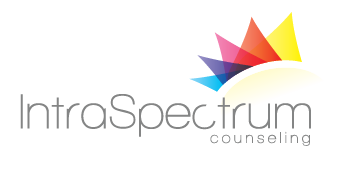
IntraSpectrum Counseling commemorates World Religion Day, and acknowledges the impact, both positive and negative, that religious institutions and our religious beliefs can have on our mental health. For those in the LGBTQ+ & BIPOC communities with ties to religions that still discriminate, the impact can be profound. This post offers insight, empathy, and a positive path forward for LGBTQ+ people of faith.
__________________________________________________________________
Growing up in the South was challenging at times, particularly as a gay male student attending Catholic institutions. I can remember not being “out” at the time, and choosing to attend my H.S. Prom with female classmates. I also recall the sadness that my friend reported experiencing when I didn’t ask her to be my girlfriend following Prom, and that our shared friends had made her a CD to play to help her cope with that sadness. Years after, when that memory was revisited in conversation with our friend group, I felt comfortable enough to finally verbalize, “I wish someone had made me a CD to cope with how I was feeling…” Their silence was palpable.
It took until 2015 for same-sex marriage to be legalized in the United States, in the case of Obergefell v. Hodges, but the union of religion and sexuality was one that I’d attempted to coalesce many times in the silence of my heart, and through tearful words spoken up to the skies when silence needed wings. Before that Supreme Court ruling, my younger self was resigned to thinking that these two identities – being a gay, Catholic man – could never be united in a wedding ceremony that I’d been indoctrinated to believe was inherently religious.
So what are members of the LGBTQ+ community to do, when they regard such religious beliefs as sacred and important to their identity? Must we seek to excise them from our bodies, much like harmful mental health practitioners once sought to do with sexual identity, through lobotomies? Can queer people (or allies of the LGBTQ+ community) even occupy these religious spaces? The answer to that last question is, of course, ”yes!”, (I personally know of many who do); however, offering this rather simplistic answer risks appearing to minimize the tremendous effort involved, and shouldn’t imply that the work is easy or will end.
Now a therapist, I find myself continuing to reflect on the intersection of religion and sexuality. Imagery of light and darkness is nothing new to religion – heaven and hell, God and the Devil, good deeds and sins are all common expressions of that imagery. And out of that imagery grew the equally dark concept of conversion therapy, or “reparative therapy”, a now widely-discredited and harmful practice that aimed to “correct” a person’s gender identity and/or sexuality through the use of prayer and other religious efforts. I must admit that the younger version of myself might have been intrigued by this concept; however, their historical practices (including shaming, hypnosis to induce vomiting, lobotomy, electric shock, being forced to wear clothing that doesn’t align with gender identity) were ultimately deterrents after reviewing the brochure.
Thankfully, there is now broad consensus within the medical community that sexual orientation and gender identity are immutable traits, and that attempts to change them through conversion therapy are not only unnecessary and ineffective, but also very harmful. Societal attitudes in recent years regarding homosexuality and same-sex marriage have become more accepting as well, with the majority of Americans now saying that homosexuality should be accepted by society (63%) and that sexual orientation and gender identity cannot be changed (60%).* Even so, only half of US states have laws prohibiting licensed mental health practitioners from subjecting LGBTQ+ minors to these harmful practices, and none of the laws currently on the books restrict the
practice among religious providers**.
I’m grateful to be working at IntraSpectrum Counseling, which stands in opposition to the darkness of these discredited practices. The cruel reality is that clients continue to bring stories to the therapy room which are rooted in religious trauma, and the rewriting of these narratives can be quite painful. By reminding myself that problems are not localized within people, space is created to help individuals consider how the dominant stories in their lives may be limiting or creating problems. And when we move from discursive thinking (i.e., how the world tells me that I should exist) to more relational thinking (i.e., how I decide to exist in the world), seeking to create a preferred relationship between religion and sexuality can make the pathway to “I do” far sweeter.
* https://www.pewresearch.org/politics/2015/06/08/section-2-knowing-gays-and-
lesbians-religious-conflicts-beliefs-about-homosexuality/
** https://www.lgbtmap.org/equality-maps/conversion_therapy/
__________________________________________________________________
The blog post above was written by Danny Rone, LCSW. IntraSpectrum Counseling is Chicago’s leading psychotherapy practice dedicated to the LGBTQ+ community, and we strive to provide the highest quality mental health care for multicultural, kink, polyamorous, and intersectional issues. For anyone needing affirming and validating support in their healing, please click here or email us at help@intraspectrum-chicago.com.





 Today, July 26th, is National Disability Independence Day. This annual commemoration marks the day in 1990 when the Americans with Disabilities Act (ADA) was signed into law. The ADA enshrined several crucial civil rights protections for individuals with disabilities, but it still falls short of its intended goals after over 30 years on the books.
Today, July 26th, is National Disability Independence Day. This annual commemoration marks the day in 1990 when the Americans with Disabilities Act (ADA) was signed into law. The ADA enshrined several crucial civil rights protections for individuals with disabilities, but it still falls short of its intended goals after over 30 years on the books.